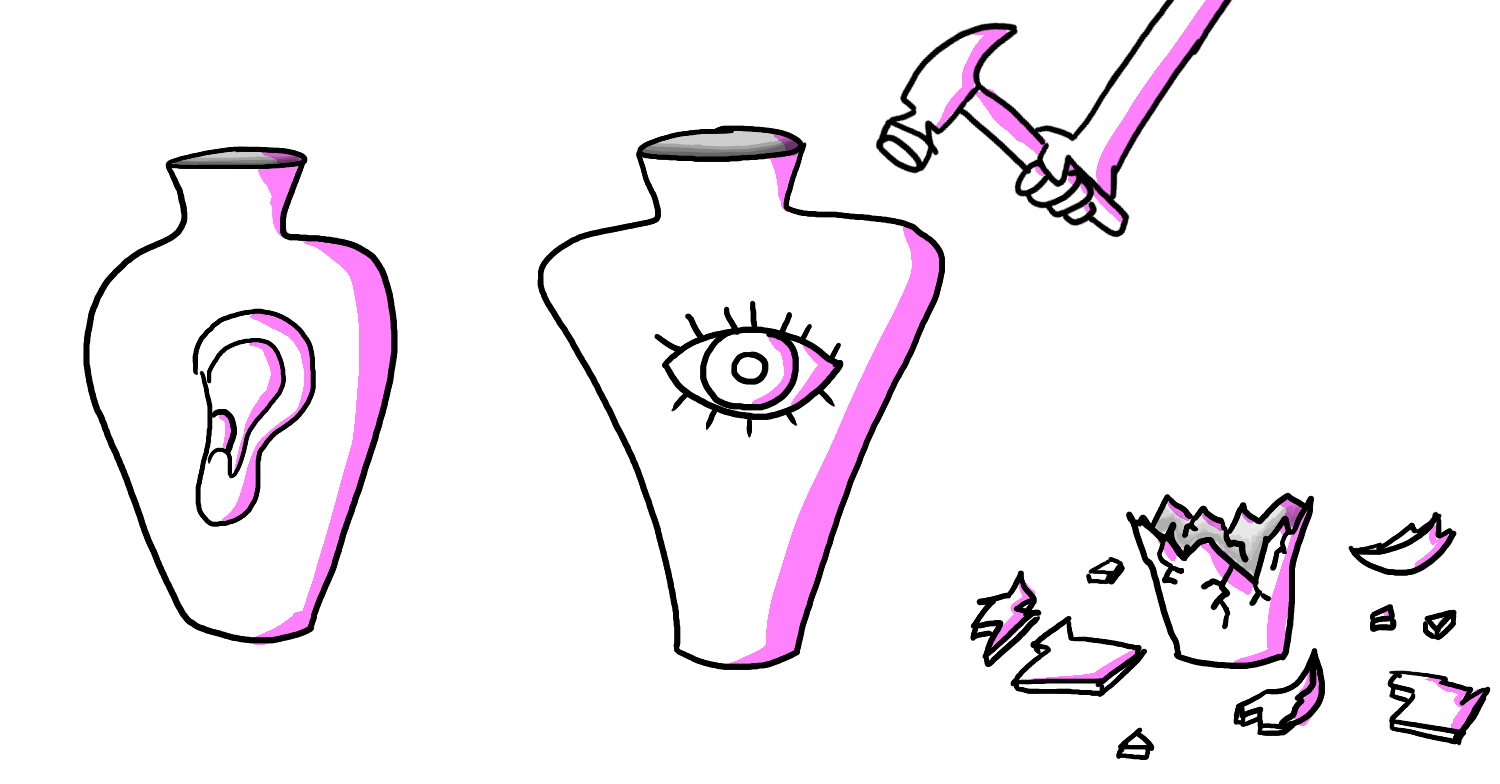I was always skeptical about media-based “learning styles” from the moment I learned about them. It seemed strange to me that we’re all happily enabling people to limit how they learn to only one style, when our brains are learning machines that can learn in a plethora of contexts.
Dividing learning into Visual, Auditory, Read/Write, and Kinaesthetic is appealing because intuitively we all have some mediums we prefer over others. So if we preferone medium, it would seem natural that we’d learn better through it. Except, not only is that false, it might even be backwards. Adam Grant describes this very adeptly in the video below:
Over the past few years, I started discovering more and more evidence that learning styles might be doing more harm than good. UMichigan has a roundup of the research showing that it’s a myth.
It turns out that in fact, styles need to matches the subject and content more than the learner. For example, teaching about film in a book—rather than in a video—is naturally going to feel more difficult to engage with. I find it amusing that this to me seems more intuitive than the original learning style theory, and yet it continues to be ignored.
This got me wondering if we can leverage technology to empower students to seek out multi-modal content to enrich their experience of learning new knowledge.
In this experiment, students interact with content about the Mona Lisa in both text and audio before being asked to reflect. I’m not sure if these should be timed to draw emphasis to certain aspects of each media, like scanibility in text versus emotional impact in audio. For now, I left it to open to the students to go back and forth freely.

After they’ve seen both, the reflection asks questions about how each method affects their ability to focus, understand, remember details, and visualize concepts. Below you can see the first version of this survey.
Rate the differences in how you learned between the text and audio
- Ability to focus on the image while learning
- Clarity of the explanation provided
- Ability to remember the details presented
- Ability to visualize concepts being explained
The scale for each question is:
- Best in text
- Better in text
- Equal in both
- Better in audio
- Best in audio
The goal isn’t for them to identify which style is “better” but to help them see that different methods work best for different aspects of learning, depending on the content and context. That’s why some of the questions might even make it difficult to select a clear position on the scale. It’s a reflection exercise, not an assessment.
My hope with this exploration is to encourage students to break free from the rigid idea of a single learning style and instead reflect on how various approaches might enhance their comprehension. It’s about empowering them to use the right tools at the right time rather than being pigeonholed into one way of learning. Giving students the ability to learn how to learn should lead to a richer, more adaptable and enjoyable learning experience.
